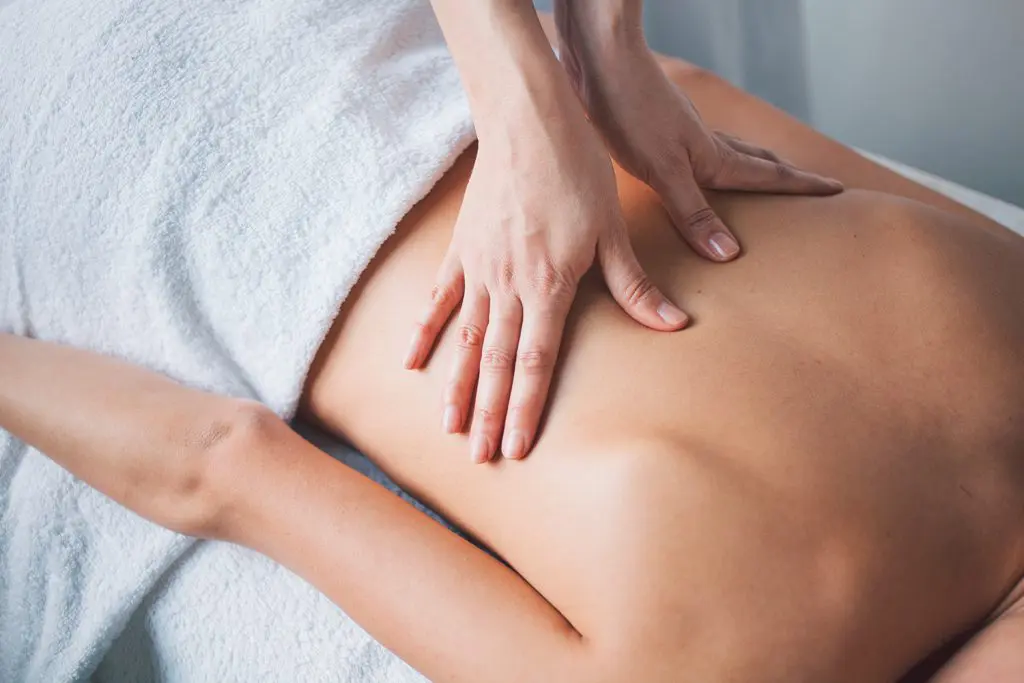What can cause back pain

Low back pain is the leading cause of disability in the world and 85% of us will experience back pain at some stage in our lives. 20-35% of those people will have pain that becomes persistent and limits sporting activity, physical function and the quality of a person’s life. A worrying trend is the more […]
BJJ: what you need to be careful about with Brazilian Jiu-Jitsu

We see people getting injured at BJJ on a regular basis. From our experience, neck and knees are the two most frequent areas of complaint. The neck We so often like to target the neck during BJJ. Whether that’s a blood choke or some sort of neck crank, our neck is always going to be […]
The concept of intuitive eating

Diets and restrictions are all over the place. Blogs, social medias, every week you read about this new miraculous method that will change your life forever.If you feel tired about all the different options available, maybe this is a good time for you to try intuitive eating. 10 principles of intuitive eating Reject […]
Plantar heel pain – what is it and what to do about it

Definition. 1 in 10 of us will suffer from heel pain at some point in our lives and it most definitely something we are used to seeing here at Hong Kong Sports Clinic. The most common cause of plantar heel pain is due to irritation or degeneration of the plantar fascia, often referred to as […]
Natural detoxification

Detoxification is the physiological removal of toxic substances from within your body. Your lymph and circulatory system detoxify your individual cells. Detoxification on a broader natural scale is carried out by your liver, kidneys and intestine. Other organs such as your bowel, lungs and skin also play a part in excreting toxins from your body. […]
The importance of sleep

Key facts about sleeping Understanding sleep, the power of it and how to get as much high-quality sleep as possible is one of the healthiest things we can do. Sleep is a naturally recurring state. It is restorative, and without it we are not able to work, learn, create and communicate at our highest level. […]
Nutritional Tips for Healthy Vegan Diet

Plant-based and vegan diets are getting more and more popular. Vegan diets are very healthy and are very helpful with weight loss and weight control. Following a plant-based diet can be nutritionally healthy for many people, but a vegan diet is a bit more restricted. Depending on your body type and exercise intensity, if you […]
Functional nutrition

Following a generic, not personalized type of diet might not be as efficient as a personalized diet. Following a diet according to our body type, activities and exercise level, any health issues and personal goals will include so many more benefits. Because it is adjusted to our body, it will be much easier to follow […]
Shoulder pain

Shouldering the Pain If you’ve ever had shoulder pain before, you would be well aware of how frustrating and inconvenient it can be. Swimming, lifting and picking up things, bench pressing, playing tennis, throwing a ball, you name it – shoulder pain can make a lot of things difficult. Why does your shoulder hurt […]
Understanding diastasis recti – part 1

Mind the gap – understanding diastasis recti There is so much pressure nowadays for mums to “bounce back” after having a baby. We are bombarded with unhelpful celebrity photos showing us A-listers back in their bikinis weeks after giving birth with seemingly no effect on their figures. Those of us living in the real world […]
